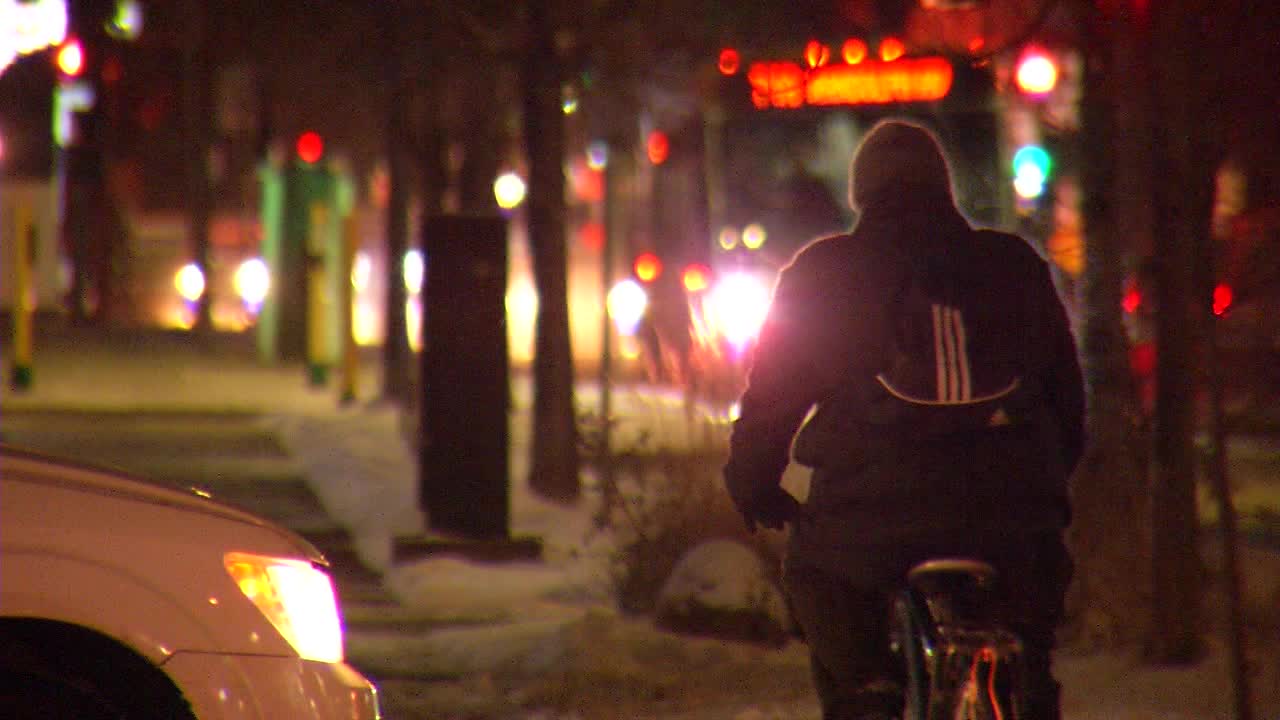Minneapolis to possibly use cameras to deter speeding, public input still needed
[anvplayer video=”5147769″ station=”998122″]
Minneapolis needs your input as it works to end traffic deaths on its roads.
According to the city, 2021 had the highest number of traffic deaths ever at 23 — up from 16 in 2020, 11 in 2019, and 9 in 2018. Minneapolis’ goal is to have zero traffic deaths by 2027.
This week, Minneapolis shared the most recent update to its Vision Zero Action Plan — it includes 17 strategies and 70 actions to be put in place between 2023 and 2025.
Those steps include the following “four focus” areas:
- Make safety improvements on high injury streets.
- In Minneapolis, 66% of severe and fatal crashes happen on just 9% of the streets citywide. The City and partners will continue to proactively install traffic safety treatments on high injury streets.
- Advance street designs to reduce dangerous vehicle speeds.
- Speeding has increased since 2020 and was a factor in 65% of fatal crashes in 2021. Lower traffic speeds save lives by reducing the likelihood of a crash and by making it less likely a crash that does happen will be deadly. The City will expand use of treatments that support safe speeds on busier streets and pilot new measures.
- Work to implement a speed safety camera pilot [program] of automated enforcement.
- The City is seeking legislative authority to implement a speed safety camera pilot program. Once there is legislative authority, the City will develop details for a local pilot program informed by significant community engagement. Automated traffic enforcement has proven effective at saving lives and eliminates the need for officer interaction.
- Evaluate alternative approaches to staffing and implementing traffic enforcement while addressing discriminatory outcomes and building trust.
- Due to a variety of factors, traffic stops are down significantly in recent years. The City is working to evaluate alternative approaches to staffing and implementing traffic enforcement and to implement reforms to address racial disparities in traffic stops.
“I think the Vision Zero Program has done a really good job of raising awareness for the need for having zero deaths on our streets,” Ash Narayanan, executive director of Our Streets Minneapolis, said.
Narayanan’s organization advocates and works to make “biking, walking, and rolling” better for everyone — he also sits on the Vision Zero’s advisory committee.

“I think a lot more needs to be done to actually change the design of our streets themselves to make them safe for people, especially folks who are not driving,” Narayanan said.
He has worries about the plan’s focuses on an increase in traffic enforcement and the use of cameras to deter speeding.
“Our organization has historically opposed increased traffic enforcement primarily because we see people of color disproportionately being policed,” Narayanan added.
Before Minneapolis could use speed safety cameras, legislative authority is needed. There was legislation presented to law makers during last session, but it did not pass — city officials say they plan to try again this next session.
All of the proposed Vision Zero plans are not final and the public has until December 11 to share input, here.
There’s also an online open house planned for December 1, at 6 p.m.
You can watch the plan’s presentation to the Public Works & Infrastructure Committee here.